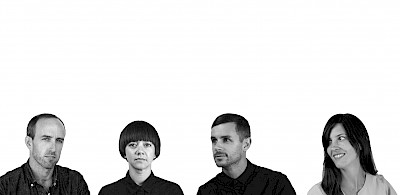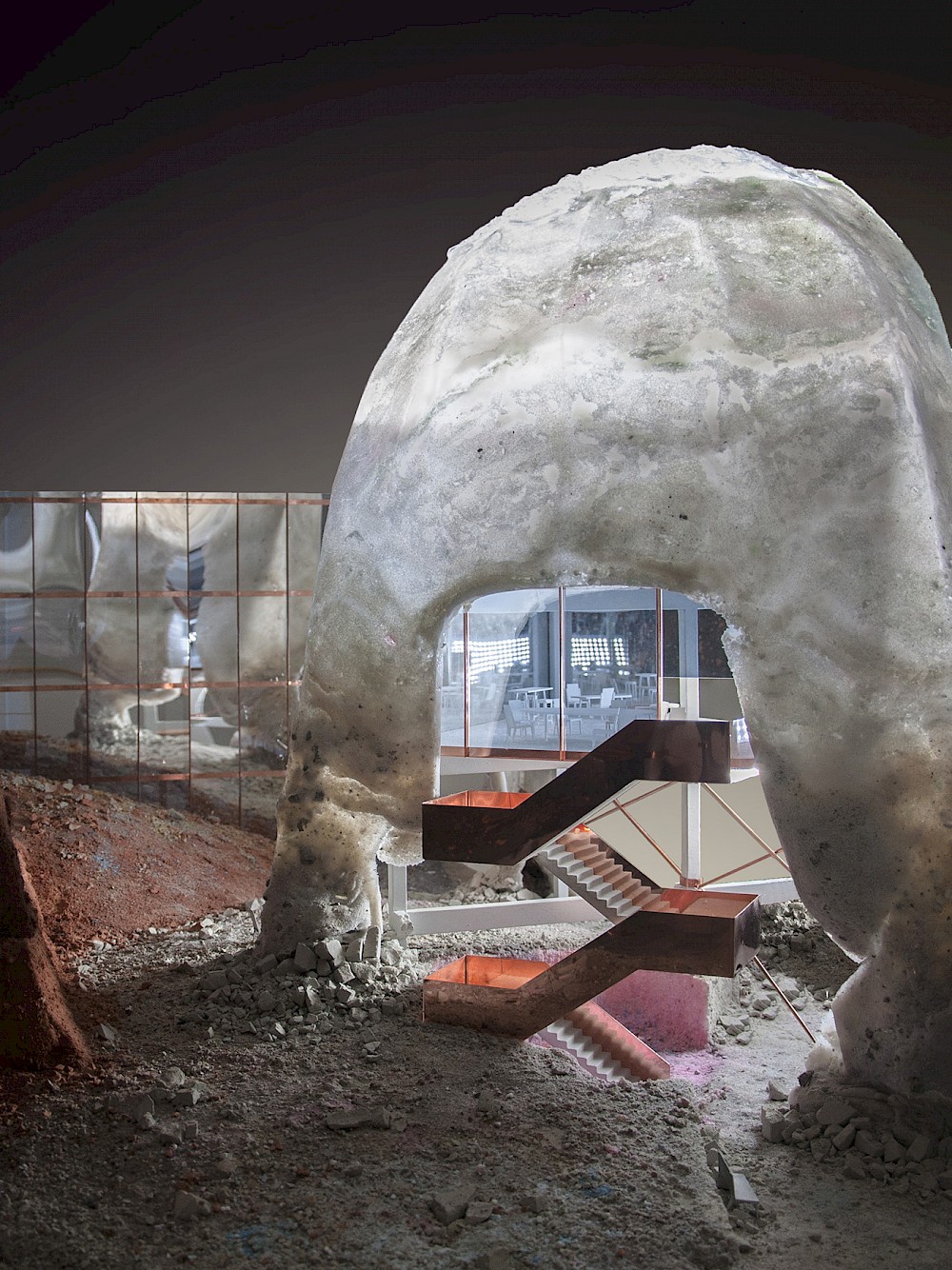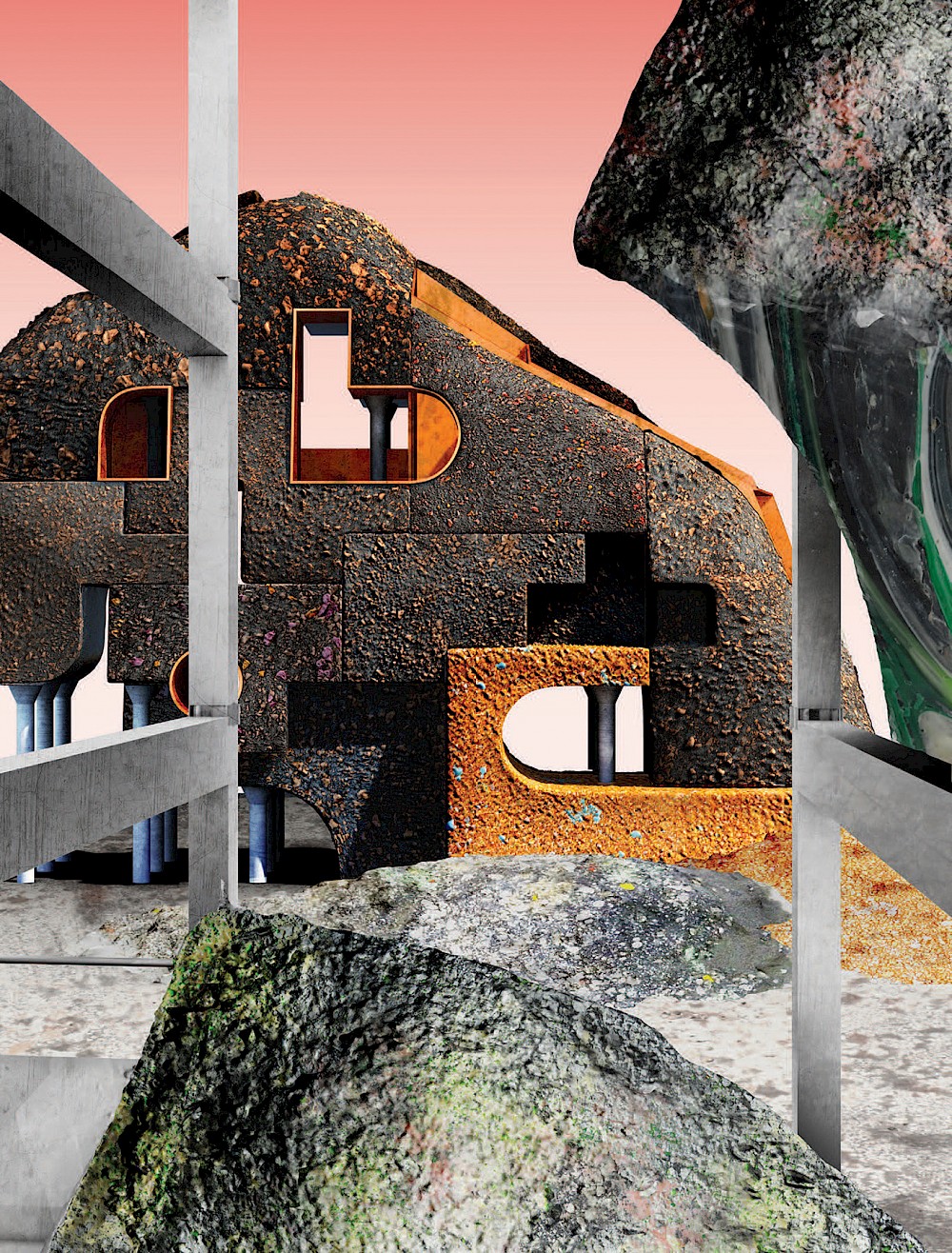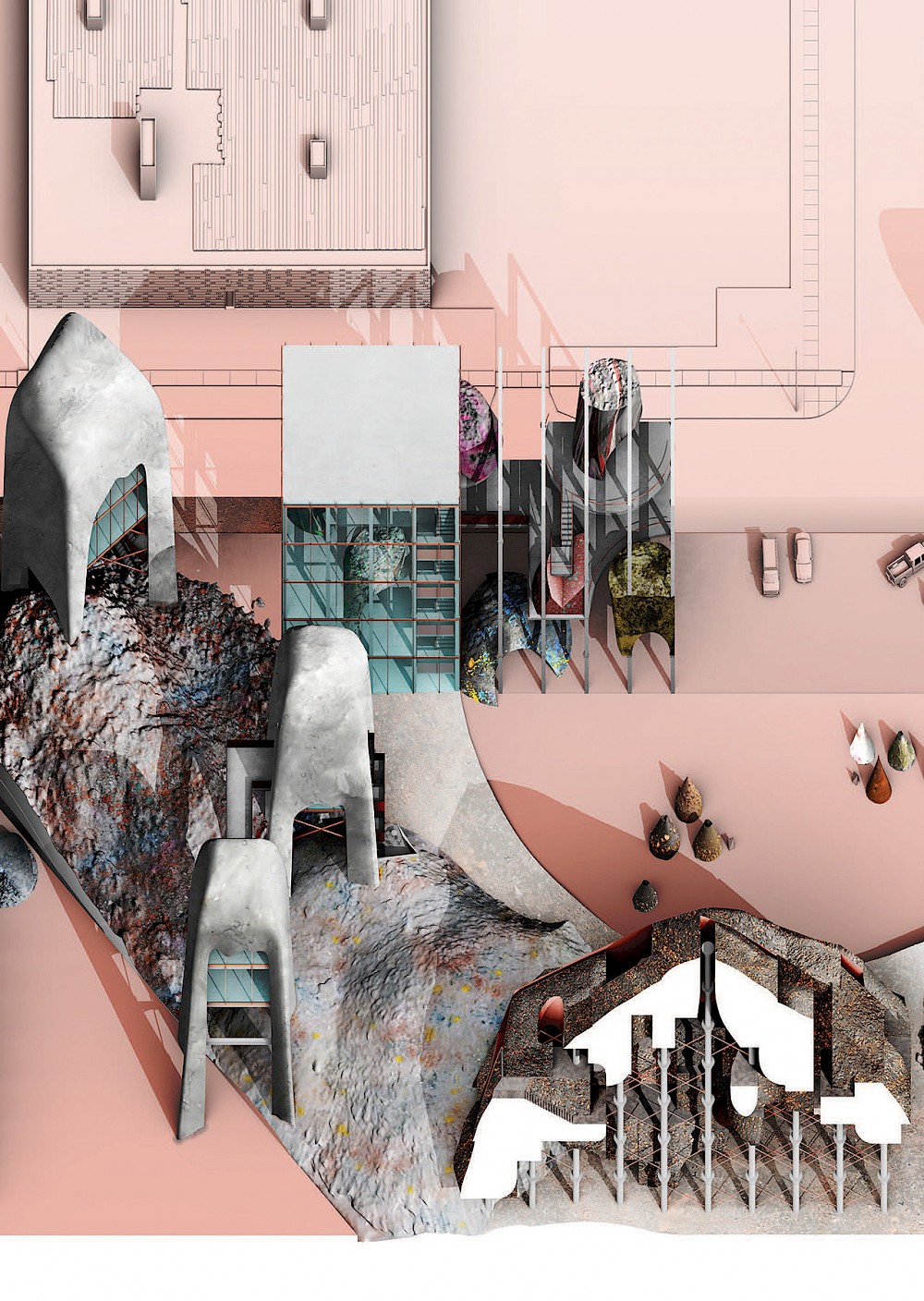BIENNIAL PROJECT
Ghostbox
T + E + A + M examine the ways that ruins—commonly aligned with 19th century romanticizing of authentic materiality—were always mediated through technologies of image production. Ghostbox extends their material research that has previously addressed the Packard Plant in Detroit by examining new typology: the big box super store. These giant stores were once a celebrated destination on the urban outskirts and peripheries, but they are increasingly abandoned as contemporary habits transform with online shopping. T+E+A+M’s large-scale model shows the internal circulation of material components in their reassembly approach: from the disassembled retail building to a reconstituted form elsewhere on site. Redistribution as a practice has the potential to recover a type of building that—unlike renovation, adaptive reuse, preservation, or restoration—permits the circulation of building components, taken apart, moved around, piled up, and mixed with new construction to create alternative uses. The piled up debris becomes a new ground for individual dwellings that result from the relocated fragments of the existing building. An important aspect of the contemporary spectacle of abandoned sites is their imageability. Large-scale printed imagery of textures, vegetation, and landscape destabilize the relationship between physical materials and their representation. The mise-en-scène model opens up and perpetuates the crisis of time embedded in ruins and invites new image making from the visitor.
BIO
T+E+A+M is an architecture practice led by Thom Moran, Ellie Abrons, Adam Fure, and Meredith Miller. Their work focuses on materiality, image, and digital environments. Current projects include a full-scale installation that tests an experimental approach to material reuse and a temporary pavilion that makes concrete the immaterial aspects of digital production. T+E+A+M has exhibited at the 2016 Venice Biennale, Storefront for Art and Architecture in New York, Museum of Contemporary Art Detroit, and Current Space Gallery in Baltimore.






